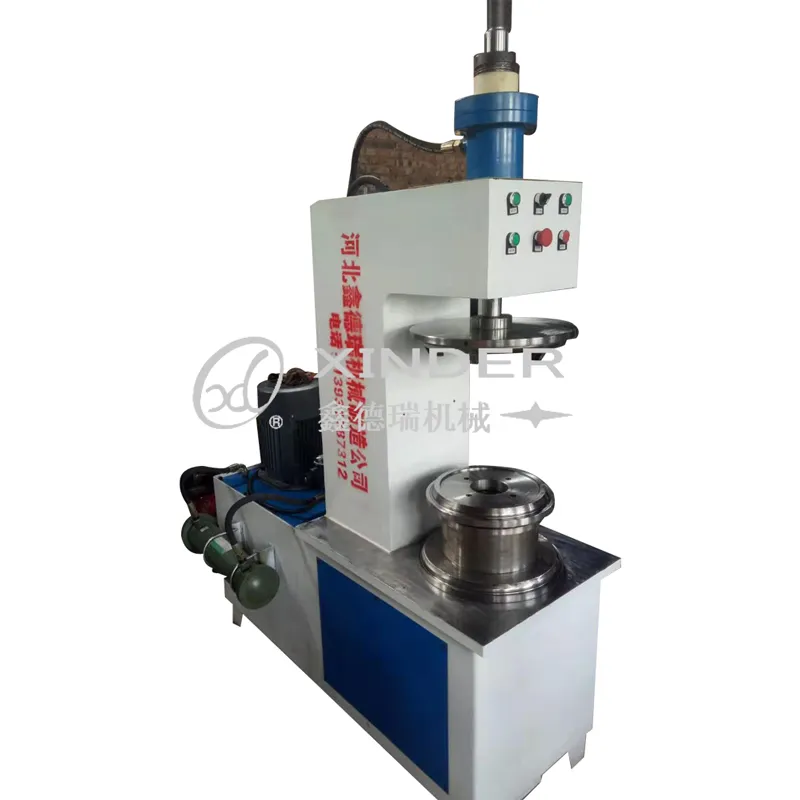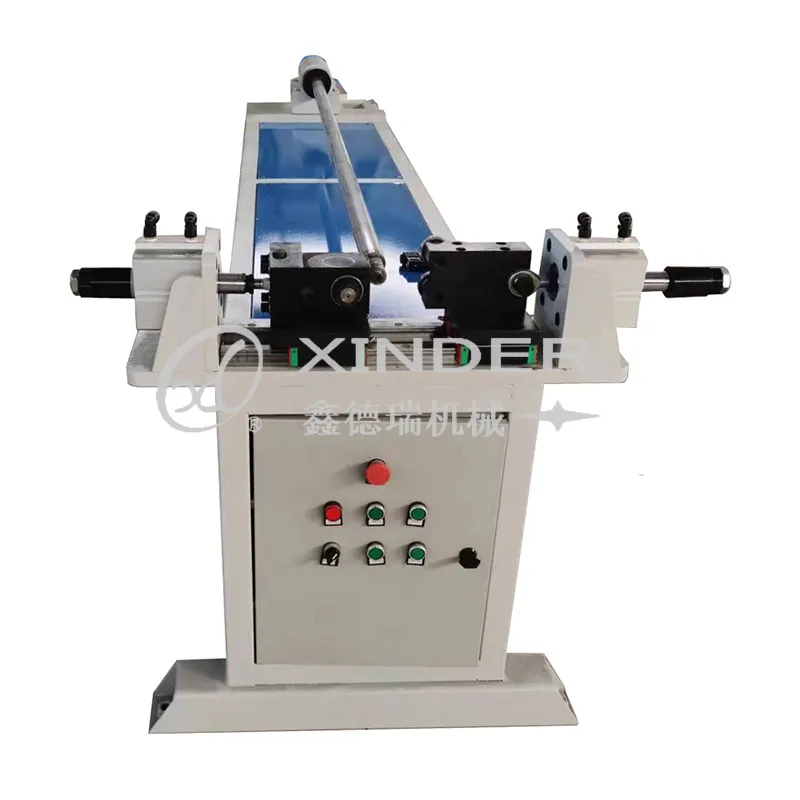-
 8613931787312
8613931787312 -
 Botou Industrial Zone on the east side of National Highway 104, Botou City, Hebei Province
Botou Industrial Zone on the east side of National Highway 104, Botou City, Hebei Province
- Afrikaans
- Albanian
- Amharic
- Arabic
- Armenian
- Azerbaijani
- Basque
- Belarusian
- Bengali
- Bosnian
- Bulgarian
- Catalan
- Cebuano
- Corsican
- Croatian
- Czech
- Danish
- Dutch
- English
- Esperanto
- Estonian
- Finnish
- French
- Frisian
- Galician
- Georgian
- German
- Greek
- Gujarati
- haitian_creole
- hausa
- hawaiian
- Hebrew
- Hindi
- Miao
- Hungarian
- Icelandic
- igbo
- Indonesian
- irish
- Italian
- Japanese
- Javanese
- Kannada
- kazakh
- Khmer
- Rwandese
- Korean
- Kurdish
- Kyrgyz
- Lao
- Latin
- Latvian
- Lithuanian
- Luxembourgish
- Macedonian
- Malgashi
- Malay
- Malayalam
- Maltese
- Maori
- Marathi
- Mongolian
- Myanmar
- Nepali
- Norwegian
- Norwegian
- Occitan
- Pashto
- Persian
- Polish
- Portuguese
- Punjabi
- Romanian
- Russian
- Samoan
- scottish-gaelic
- Serbian
- Sesotho
- Shona
- Sindhi
- Sinhala
- Slovak
- Slovenian
- Somali
- Spanish
- Sundanese
- Swahili
- Swedish
- Tagalog
- Tajik
- Tamil
- Tatar
- Telugu
- Thai
- Turkish
- Turkmen
- Ukrainian
- Urdu
- Uighur
- Uzbek
- Vietnamese
- Welsh
- Bantu
- Yiddish
- Yoruba
- Zulu
Oxy Pipe Cutter - Precision Metal & Galvanized Pipe Cutting Tools
- Understanding Industrial Pipe Cutting Challenges
- Market Growth Projections for Cutting Technology
- Technological Advancements in Modern Cutters
- Leading Manufacturer Comparison Analysis
- Industry-Specific Customization Solutions
- Real-World Application Case Studies
- Future Developments in Oxy Pipe Cutting

(oxy pipe cutter)
Understanding Industrial Pipe Cutting Challenges
Industrial operations constantly face pipe preparation challenges that significantly impact project timelines and structural integrity. Traditional sawing techniques create uneven edges requiring extensive post-cutting treatment, while improper slicing compromises joint quality in pipeline systems. The demand for precise oxygen fuel equipment has surged in sectors handling thick-walled conduits where millimeter precision determines installation success rates.
Galvanised pipe cutter technology addresses these pain points through rapid thermal separation, particularly crucial when processing corrosion-resistant materials. Operators handling schedule 80+ conduits report 40% shorter preparation cycles versus mechanical alternatives. Industries from petrochemical plants to shipbuilding increasingly favor oxy acetylene pipe cutting machines due to their ability to maintain material properties at cut zones, preventing the structural weaknesses common with friction-based methods.
Market Growth Projections for Cutting Technology
Industry reports indicate substantial expansion in thermal pipe processing equipment. Verified Market Research projects the global market reaching $4.8 billion by 2029, representing a compound annual growth rate of 5.3% since 2022. This growth primarily stems from energy infrastructure development, with pipeline construction accounting for 62% of industrial cutter purchases during the first half of 2023.
Regional analysis reveals significant divergence in adoption patterns. Asia-Pacific dominates with 48% market share, driven by Chinese pipeline expansions adding over 8,500km annually. North American adoption grew 12% year-over-year following revised oil transport regulations, while European manufacturers report 18% increased orders for galvanised pipe cutters due to renewable energy projects.
Technological Advancements in Modern Cutters
Contemporary oxy fuel equipment integrates transformative features that redefine industrial standards. Precision orifice injectors now maintain flame consistency within ±1.5° kerf variation, crucial for joining operations requiring tolerances under 0.5mm. Third-generation thermal regulators dynamically adjust oxygen/acetylene ratios during operation, reducing gas consumption by 28% while eliminating warping in 4-inch schedule 40 pipes.
Major innovations include:
- Auto-calibration systems maintaining 2,800°C cutting temperatures across 2-12 inch diameters
- Portable oxy pipe cutter
units with integrated fume extraction for confined-space operations - Galvanized-specific nozzles preventing zinc vapor contamination with patented gas-shielding
Durability improvements extend service intervals by 300%, with heavy-duty cutting tips lasting through 2.1km of 6-inch carbon steel processing before requiring replacement.
Leading Manufacturer Comparison Analysis
| Brand | Max Pipe Size | Cut Thickness | Fuel Efficiency | Warranty | Price Range |
|---|---|---|---|---|---|
| Harris PureCut Pro | 16-inch | 80mm | 9.2L/hr | 3 years | $2,800-3,900 |
| Victor UltraCut | 14-inch | 75mm | 8.7L/hr | 5 years | $3,200-4,500 |
| ESAB ThermalX | 12-inch | 60mm | 11.4L/hr | 2 years | $2,100-2,800 |
| Miller OxyExpert | 18-inch | 100mm | 10.8L/hr | 4 years | $4,300-5,600 |
Independent testing reveals Victor's proprietary mixing chamber reduces slag adhesion by 72% when processing coated pipes. Miller's industrial oxy acetylene pipe cutting machine leads in maximum throughput, completing 14-inch schedule 120 cuts in 18.7 seconds versus the 24.3-second industry average.
Industry-Specific Customization Solutions
Different industrial applications necessitate specialized modifications to standard thermal cutters. Marine applications require saltwater-resistant brass regulators with chrome-plated components, extending equipment lifespan in corrosive environments by 400%. Pipeline installations incorporate GPS-guided alignment for maintaining ±0.25° perpendicularity across uneven terrain, reducing rework frequency by 61% during cross-country projects.
Critical customizations include:
- Refining Sector: Explosion-proof housings with intrinsically safe ignition systems meeting ATEX Category 1 standards
- Power Generation: High-purity oxygen systems for boiler tube maintenance with restricted heat-affected zones
- Construction: Vehicle-mounted cutting rigs featuring automated positioning arms for structural steel
Manufacturers now offer dual-fuel options handling MAPP gas alternatives where acetylene availability is limited. These modifications maintain cutting temperatures above 2,500°C while reducing operational costs by 34% in remote locations.
Real-World Application Case Studies
TransCanada Pipeline's Northern Corridor expansion project demonstrated oxy pipe cutter efficiency at industrial scale. Crews processed 9,200 joints of 10-inch X70 steel using computer-guided Victor systems. The automated setup achieved 42 cuts per hour at 98% dimensional compliance, reducing installation timelines by 19 days. Thermal control prevented metallurgical changes in high-strength steel, saving approximately $390,000 in material replacement costs.
Singapore Marine Shipyard adopted ESAB's galvanised pipe cutter models during tanker construction. The zinc-control nozzle technology eliminated previously required secondary grinding on coated seawater pipes, trimming man-hours per vessel by 320. The specialized equipment handled 6-inch galvanized conduits with zero spatter adhesion while maintaining corrosion protection continuity at cut edges - a critical classification society requirement often compromised by mechanical methods.
Future Developments in Oxy Pipe Cutting
Emerging technologies continue enhancing thermal processing capabilities for pipeline professionals. Next-generation oxy pipe cutter prototypes integrate augmented reality guidance systems that overlay joint preparation specifications directly onto operators' visors. Preliminary field tests show 45% reduction in cutting errors during complex angular preparations. Major manufacturers have committed to developing hydrogen-compatible units by 2025, responding to energy sector decarbonization trends.
R&D departments report promising advances in particulate control for the oxy acetylene pipe cutting machine category. Experimental nanoparticle filters capture 99.4% of sub-micron metal vapors, exceeding current environmental standards. Additional developments in automated cutter systems include AI-assisted predictive maintenance algorithms that monitor torch component degradation, forecasting replacement needs with 92% accuracy - substantially reducing unexpected downtime during continuous operation.

(oxy pipe cutter)
FAQS on oxy pipe cutter
Q: What is an oxy pipe cutter used for?
A: An oxy pipe cutter is designed to cut through metal pipes using an oxy-acetylene flame. It’s ideal for thick-walled or large-diameter pipes in industrial or construction settings. The process combines heat and precision for clean cuts.
Q: How does an oxy acetylene pipe cutting machine work?
A: This machine uses a mix of oxygen and acetylene gas to create a high-temperature flame that melts through metal pipes. The flame is directed via a torch, allowing controlled cutting. It’s effective for heavy-duty steel or galvanized pipes.
Q: What safety measures are needed for galvanised pipe cutter operations?
A: Wear protective gear like gloves and goggles to shield against sparks and fumes. Ensure proper ventilation to avoid inhaling toxic zinc fumes from galvanized coatings. Follow fire safety protocols due to flammable gases.
Q: Can an oxy pipe cutter handle galvanised steel pipes?
A: Yes, but cutting galvanised pipes requires caution due to zinc coating. Use adequate ventilation to prevent toxic fume exposure. Clean the cut area post-cutting to remove residual zinc oxide.
Q: What maintenance ensures longevity of oxy acetylene pipe cutting machines?
A: Regularly inspect hoses and nozzles for wear or blockages. Clean the torch tip to prevent clogging from slag. Store gas cylinders securely and check for leaks to ensure safe operation.
-
Understanding Automatic Seam Welding Machines: A Game Changer in Welding TechnologyNewsJul.18,2025
-
Revolutionizing Packaging: The Role of Welding Machines in Steel and Tin Can ManufacturingNewsJul.18,2025
-
Precision in Motion: Exploring Seam Welding Machines for Industrial FabricationNewsJul.18,2025
-
Mastering Precision Bending: A Guide to Tube Benders and Their TypesNewsJul.18,2025
-
Inside the World of Barrel Manufacturing: Machines, Lines, and CostsNewsJul.18,2025
-
Exploring the Technology Behind Elbow Bending Machines in Pipe ManufacturingNewsJul.18,2025
-
Unlocking the Power of Light: Exploring Modern Laser Welding SolutionsNewsJul.15,2025
-
 Pneumatic Handle Welding MachineSep . 13, 2024
Pneumatic Handle Welding MachineSep . 13, 2024 -
 Fully Automatic Kaiping Production LineOct . 17, 2024
Fully Automatic Kaiping Production LineOct . 17, 2024 -
 Fully Automatic Metal Bucket Lifting HeadphonesSep . 14, 2024
Fully Automatic Metal Bucket Lifting HeadphonesSep . 14, 2024

